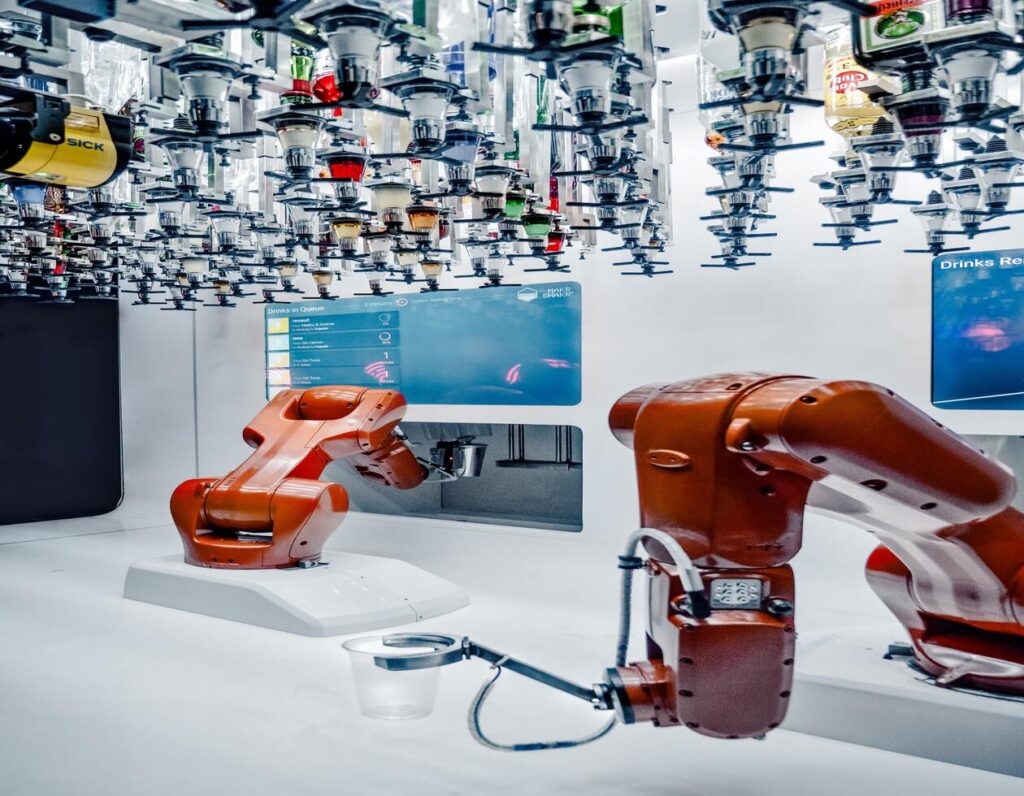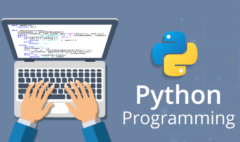Did You Know ?
Did You Know ?
60% of Children Under 11 Will Work In Jobs That Don’t Exist Yet!
According to the WEF , 75 million current job roles may be displaced by the shift in the division of labour between humans, machines and algorithms, while 133 million new job roles may emerge at the same time. Out of which 60% jobs will be employed by children below 11 years of age , Which include some of the above:
- Data analyst.
- App and Software Development.
- Drone manager.
- Productivity officer.
- Financial analyst.
- Human-technology integration specialist.
- Market research analyst.
- Transportation special.
What is the fourth industrial revolution ?
The World Economic Forum calls the fourth industrial revolution one of “cyber-physical systems,” which basically means the integration of technology with our bodies, jobs, and lives
This revolution is different from the third one in the 1950s, when computers were first being explored. Back then, this sort of digital technology was seen as a way to improve industry. For decades, this mindset has stuck around. Typewriters, radios, and desktop computers evolved and became faster and more reliable, but they remained tools.
The fourth industrial revolution, on the other hand, takes technology to a new level. Instead of being seen as a tool, technology has become an integral part of who we are. It’s integrated seamlessly into our healthcare, our entertainment, our work, and our education.
In addition, this fourth industrial revolution is marked by the speed at which technology is being developed and utilized. In the past it might have taken years, or even decades, for a new breakthrough. These days, they’re happening all the time.

And how does this affect young children ?
With the fourth industrial revolution comes revolutionized workplaces and classrooms that rely heavily on communication, collaboration, and problem-solving. In addition to learning how to navigate technology effectively, young learners must cultivate strong critical thinking skills that are adapted to the modern age.
While many schools have programs and resources in place to prepare students for this “new-collar” workforce, it’s your responsibility as a parent to reinforce these lessons. It all starts by helping your young learner master the 4Cs of the Common Core standards: critical thinking, communication, collaboration, and creativity.









